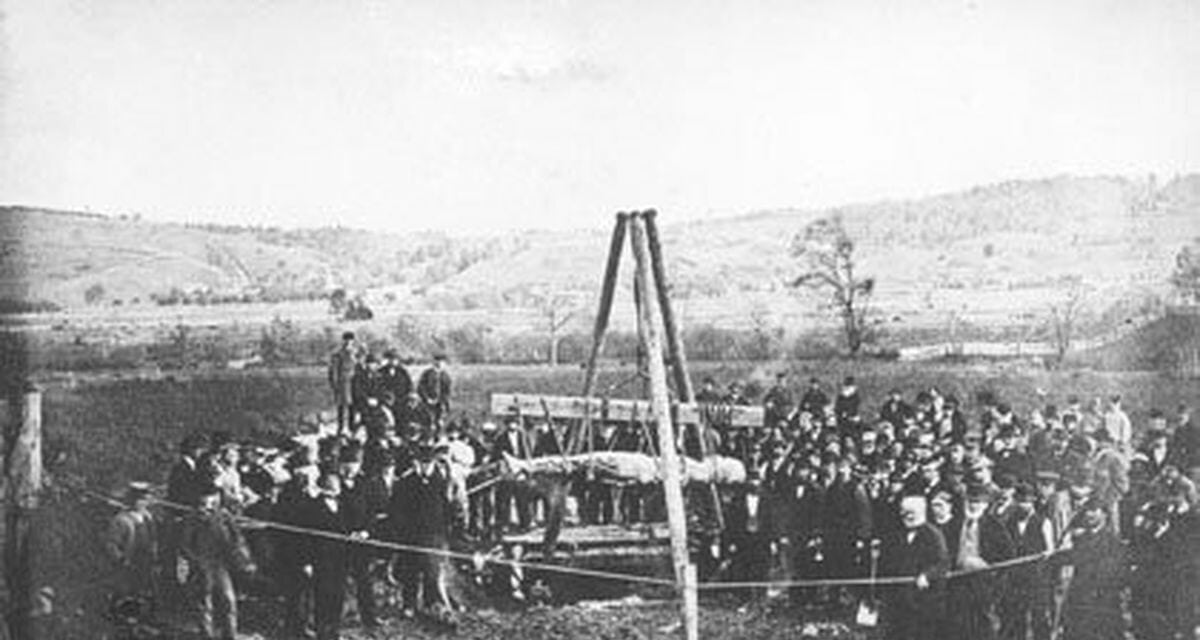Fake historic “discoveries” are, unfortunately, all too frequent. For generations, school kids were taught that Francis Drake had been to California, based on the discovery of a brass plate in which the famous seafarer commemorated his landing. It took decades before the truth came out: the plate was a forgery, made as a practical joke upon a Drake admirer. Below are twenty five things about that fake, other historic fabrications, and fascinating but lesser known facts from the world of archaeology.

The Quest for Proof That Francis Drake Had Landed in California
In 1579, Elizabethan seaman Francis Drake landed on the west coast of North America. A contemporary aboard his ship wrote that Drake left behind a plate to commemorate the event, and to claim the region in the name of the English crown. It was long theorized that Drake must have landed in California. In the early twentieth century, however, scholarly research supported the contention that Drake had probably landed further up the coast, somewhere in the Northwest. Historian and University of California Professor Herbert Eugene Bolton was a huge Drake fan, and he was wedded to the notion that the famous seadog had landed in California.

In 1936, a brass plate was discovered, that read: “BEE IT KNOWNE VNTO ALL MEN BY THESE PRESENTS. IVNE. 17. 1579. BY THE GRACE OF GOD AND IN THE NAME OF HERR MAIESTY QVEEN ELIZABETH OF ENGLAND AND HERR SVCCESSORS FOREVER, I TAKE POSSESSION OF THIS KINGDOME WHOSE KING AND PEOPLE FREELY RESIGNE THEIR RIGHT AND TITLE IN THE WHOLE LAND VNTO HERR MAIESTIEES KEEPING. NOW NAMED BY ME AND TO BEE KNOWNE V(N) TO ALL MEN AS NOVA ALBION. G. FRANCIS DRAKE“. It was taken to Professor Bolton, who was thrilled that evidence of Drake’s landing in California had finally been found. The plate became a sensation. Copies were sold as souvenirs, presented to Queen Elizabeth II, and its photos appeared in textbooks. Unfortunately, as seen below, the plate was a fake – a practical joke that got out of hand.

